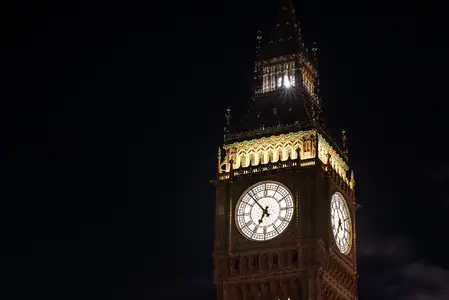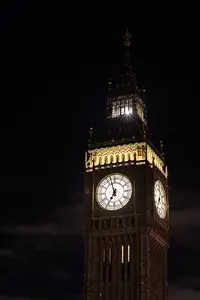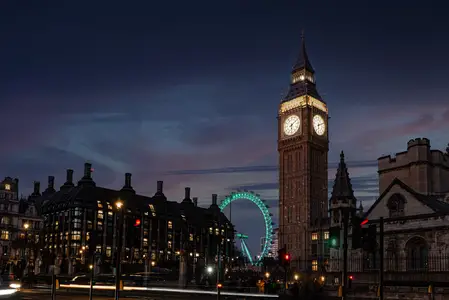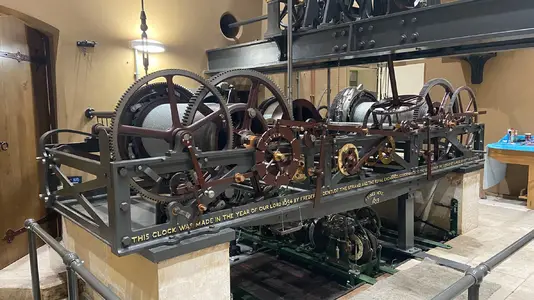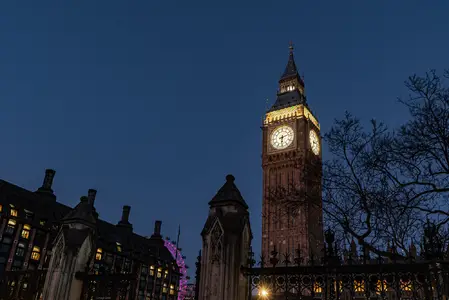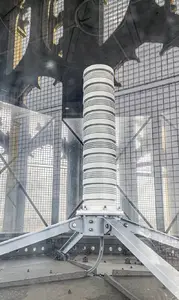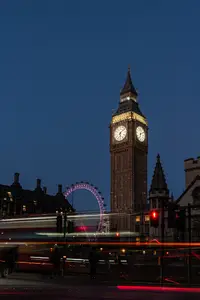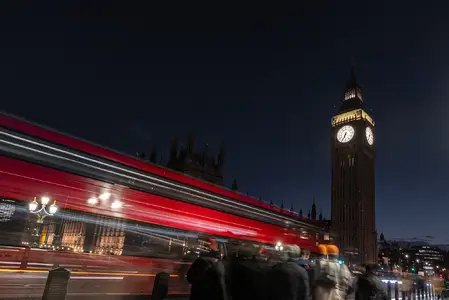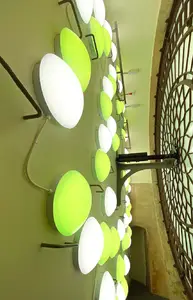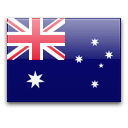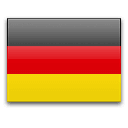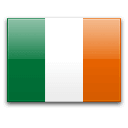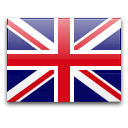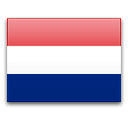Elizabeth Tower, Palace of Westminster
London, United Kingdom
The Elizabeth Tower, better known as Big Ben, is one of the most instantly recognisable landmarks in the world. Standing at 96 metres (316 feet) high, the famous clock tower overlooks the River Thames at the north of the Palace of Westminster.
The tower is topped with the Ayrton Light, which was installed in 1885 and is a lantern-like structure that serves as an illuminating beacon. It is thought that Queen Victoria requested to see from Buckingham Palace when members of either the Commons or the Lords were sitting after dark. Initially, the Ayrton Light was powered by gas jets and was then converted to electricity in 1903.
Thorlux is proud to have been involved with the five-year programme of essential renovations to conserve the tower, supplying luminaires and wireless lighting controls. In 2016, building services consulting engineers S I Sealy approached Thorlux to support them with the engineering and development of new lighting for the rooms and service areas of the tower, as well as bespoke fixtures for the clock faces and Ayrton Light.
SmartScan wireless controls were utilised in the rooms of the tower: wall-mounted switches provide wireless commands to the luminaires, resulting in less cabling and therefore less damage to the historic building fabric.
The Ayrton Light
The challenge was to provide a solution in keeping with the history of the structure while modernising the light and reducing its environmental impact.
To upgrade the Ayrton Light, Thorlux developed a bespoke fixture using energy-saving LED technology with highly efficient lenses to control and distribute the light, providing an intense downward beam of light through 360 degrees. The optics are a modern-day equivalent of the original Fresnel lenses used to control and distribute the light. A series of ‘light rings’ stacked on top of each other provide the visual effect required in a compact size to fit inside the lantern structure. The modern optics also significantly reduce the amount of upward light.
A prototype was produced, and a site trial was conducted to validate the principle and observe the effects. Different locations throughout the city were used as test sites for viewing and evaluation purposes. The final solution was then designed and engineered with a bespoke mounting bracket to utilise existing fixing points within the structure.
The Great Clock
To illuminate the Great Clock faces, surveys were first undertaken to validate the existing lighting provision before Thorlux worked with S I Sealy to develop a solution that met the specifications.
Site trials were undertaken to prove the solution, which involved replacing 12 of the existing luminaires in the south clock face with prototypes of the new LED fixtures. The trials were a huge success and proved that the LED solution would make no difference to the appearance of the clock faces, which are enjoyed by visitors from all over the world.
The final design was developed and supplied, with the four clock faces being illuminated by 228 luminaires and over 55,000 individual LED chips. All this was achieved while also providing a 60% energy saving.
60 %
Energy saving
228 Luminaires, 55,000 Individual LED Chips
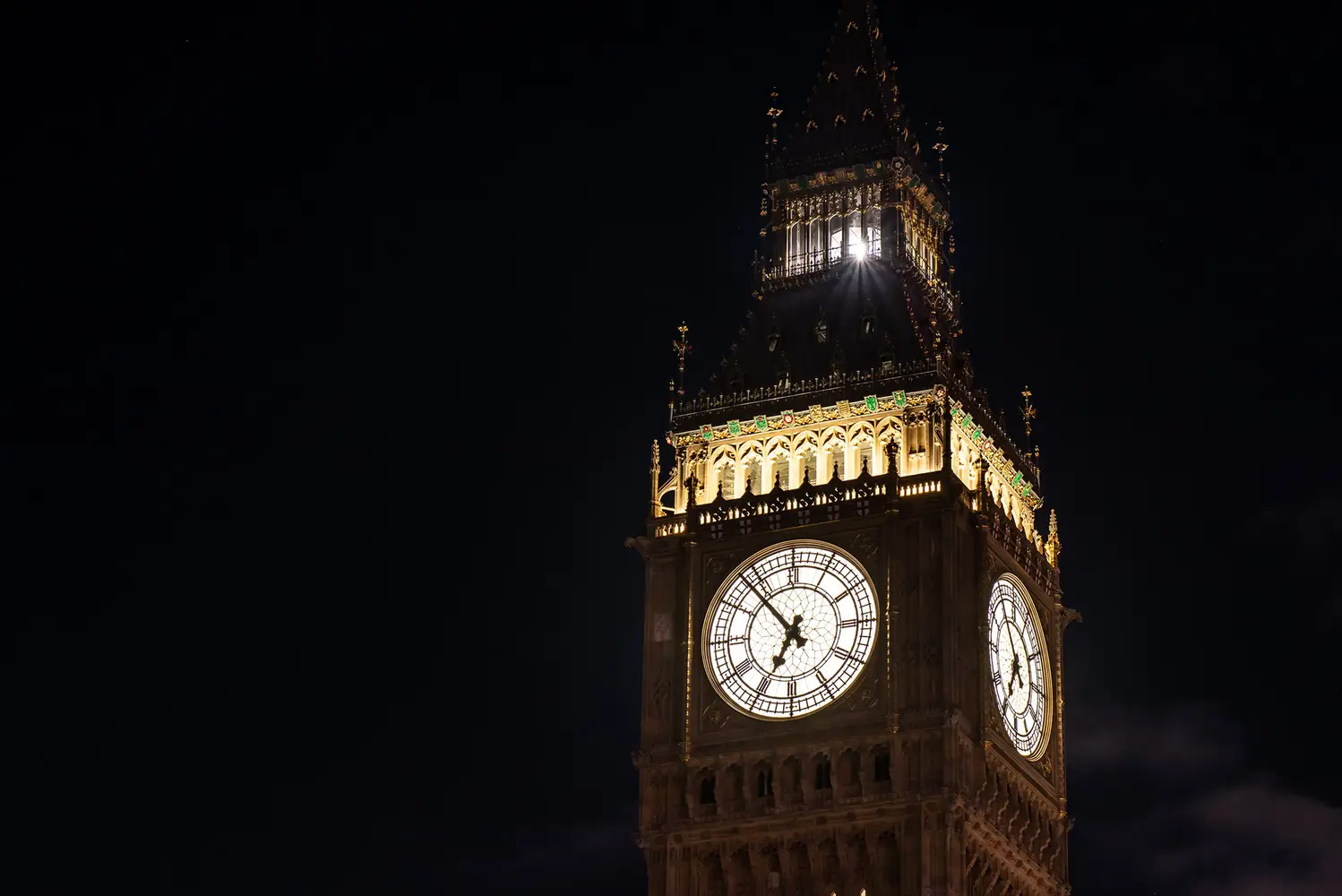
I think it is fair to say that Thorlux has provided a fantastic service to the project, carrying out various different iterations of the clock face lighting and Ayrton light designs until the aesthetics were approved by the client. Their contribution was from the outset of the project working directly with the team to develop the light fitting designs, and being involved in fine-tuning of the lighting controls of the clock face to match the original gaslight colour.
Patrick Busby
Head of Building Services (South), Sir Robert McAlpine Ltd
